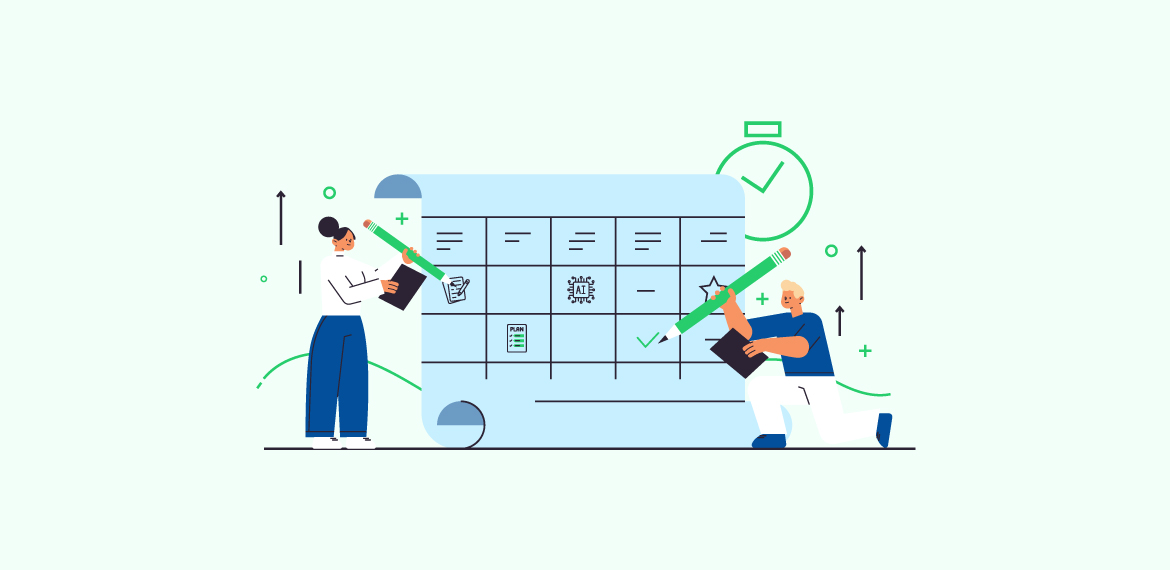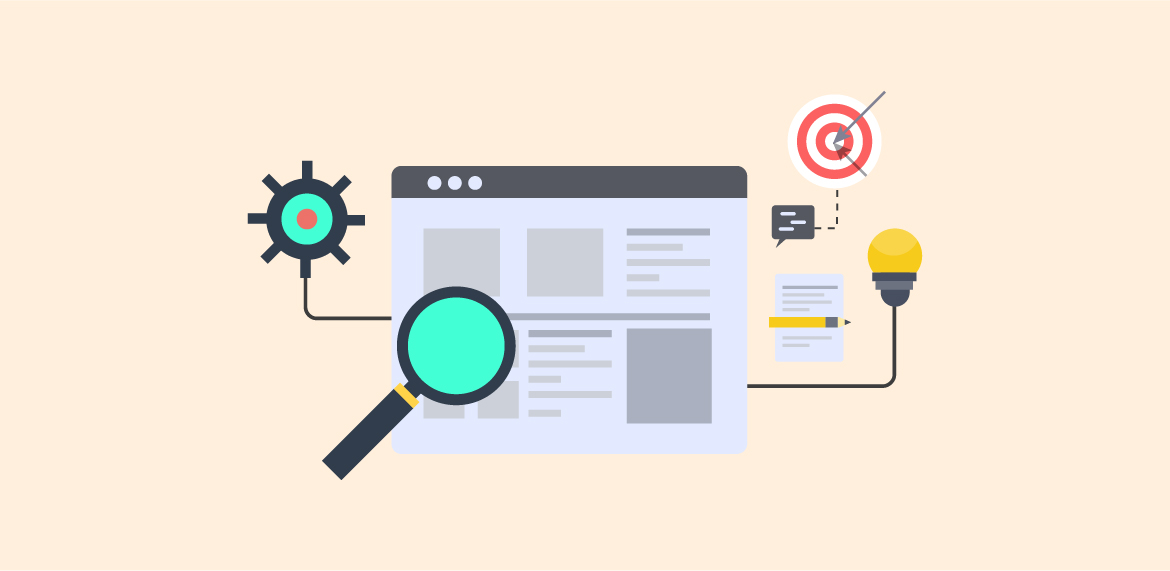- Content Marketing
How to Analyze a Blog?

Introduction
Blogging today has become such a common phenomenon that we aren’t at all surprised when someone says that they have a blog. In fact, thanks to websites like Medium.com, blogging has become more mainstream than ever.
However, it is still one of the best content methods to get your website ranked higher. Higher ranks on the SERPs (Search Engine Results Page). But blog analysis often goes deeper than just a good SEO ranking. These different factors account for the blog to remain at a good rank for a relatively long period of time.
It’s always best to introspect via blog analysis after a set amount of time to keep improving. Blogs need to be updated as needed to stay relevant and accurate. In this blog, we’ll talk about how to analyze a blog and measure blog performance.
SERP Ranking of the blog
The first metric behind blog evaluation, as already mentioned is how the blog is ranking on the SERPs. This is a metric for the success of the blog. However, while many consider it a main metric in measuring blog success, they forget that these high rankings can also be a result of Blackhat Tactics. In that case, the blog might rank up immediately but will vanish the second Google finds out.
Even if your website has authority, chances are your blog won’t rank up as soon as you publish it. Google likes to take its sweet time in analyzing your blog, and will also check how users are responding to them.
Also, an important point to note is that after the Helpful Content Update, Google isn’t prioritizing too much on keywords either. The focus has shifted towards content being helpful for the users, rather than utilizing the search strings users are searching with. This means that even if your blog is ranking first if another blog appears that is more helpful, it will likely take your spot.
This brings us to our second metric.
Traffic vs. Conversion Rate
When you have put up a blog, and it has gotten indexed, the process of getting traffic only starts. However, it is only with the comparison of traffic and conversions that you can calculate your ROI on the blog.
Now keep in mind that the definition of conversions is open to interpretation. Most websites go for high traffic along with higher conversions. But this isn’t always a good thing.
While it may seem like an ideal situation, high traffic also means that your blog is being read by many people and will eventually find competition. But with this situation, we go with the saying, “If it’s not broken, it doesn’t need fixing”.
Most of the same proverb will also be followed if you’re experiencing low traffic and high conversion. In actuality, it also indicates that you’re getting high-quality traffic. But it’s not wrong to be greedy here, and if you can produce more high-quality content to get more traffic then you’ll only increase your returns.
However, if you’re experiencing high traffic with low conversions, the situation gets slightly alarming. It’s time to play around with your CTAs and make sure people get interested in your product too.
Now for the worst of the worst, low traffic with low conversions. This can look like your blog isn’t being liked much, and the strategy would be to either revamp the content or come up with another blog piece.
One of the best things you can do to get consistent traffic is to go with Evergreen content. Content that is constantly being searched for and will bring conversions over time. Similarly, you can also target a few trending topics to get a short-term traffic boost with conversions.
Content Quality vs. Quantity
While quality may be a subjective term, quantity is quite definable. It is the length of your blog. Your blog should only have enough words to get your point across while keeping your reader interested.
You’ll often see blogs that could be classified as short e-books with more than 4,000 words. This might give the idea that longer content sells better. But blog evaluation doesn’t lie at face value. In fact, a study conducted by Medium says that the optimal blog post length is 1,600 words, or about a 7-minute read.
Moreover, most long blogs that you read are from websites dominating content marketing. This allows them to bend the rules since they’re ruling the SERPs.
When struck with the debate between quality and quantity, it’s best to focus on readability. If the blog is readable and isn’t unnecessarily long it’s okay. Remember: a blog needs to be worthy, not wordy.
Images
Images add flair to a blog. A blog with no images will always feel dry to the readers. But the balance is necessary. A blog filled to the brim with eye candy will also not be appreciated. This is also dependent on the niche of the blog itself. But in most cases, blogs are meant to be read not seen.
One of the best visual elements in a blog is infographics. They help trim out the fluff and provide an interesting graphic to the reader.
A featured image is also a must. You’ll often see that blogs without a featured image and/or an infographic don’t actually feel complete.
Title and Headings
The first hook for a blog is its title. Many blogs often try to hook users with clickbait titles, but unless the claim is satisfied, these blogs soon lose traffic. It’s important that the blog under analysis has a title that attracts the user, and the body keeps them engaged.
Also as you’re conducting the blog analysis, make sure that the headings pop out and feel prominent.
These headings make the article skimmable. An un-skimmable blog piece is a hindrance to the eyes of the reader looking for their solution. If your blog cannot provide the solution to the reader ASAP, it will likely rank lower and get lesser traffic.
The focus of the blog is to be helpful, and if it’s not helping to solve a problem then it is just fluff.
Load Time
Although not strictly a part of a blog piece’s analysis, this aspect helps out in user experience. The blog should load up in a snap. And in case the content is too long to load up within 3 seconds, you can go with lazy loading.
Lazy loading is just the web page loading as the user scrolls down. This enables the page to load up faster, and once you have the reader hooked you can buy more seconds as they continue reading.
Mobile Responsiveness
If you’re analyzing a blog, you need to know how it shows up on different screens. The best way to check this is by opening the blog link on your phone. If the blog is mobile responsive you will get the same experience reading from your phone as from your computer.
Do scroll a bit to check if the images are also loading right.
Number of Shares
This factor determines if the blog was actually worth the time and money spent on creating it or not. If people are actively sharing and talking about a certain blog, then it has achieved its core objective.
The blog has generated word-of-mouth. People are sharing it, and it will likely gain popularity shortly. You can estimate a ballpark figure by manually checking social platforms and relevant forums, but the best way is still via UTM and Google Analytics. If you’re unaware of how to use these, simply ask your SEO and they’ll guide you right away.
Once you’re done incorporating these factors in your blog analysis, you’ll know exactly how good of a blog you have on your hands.
Kickstart your first project
- Easy Order Process
- Vetted team of writers
- 100% original content



